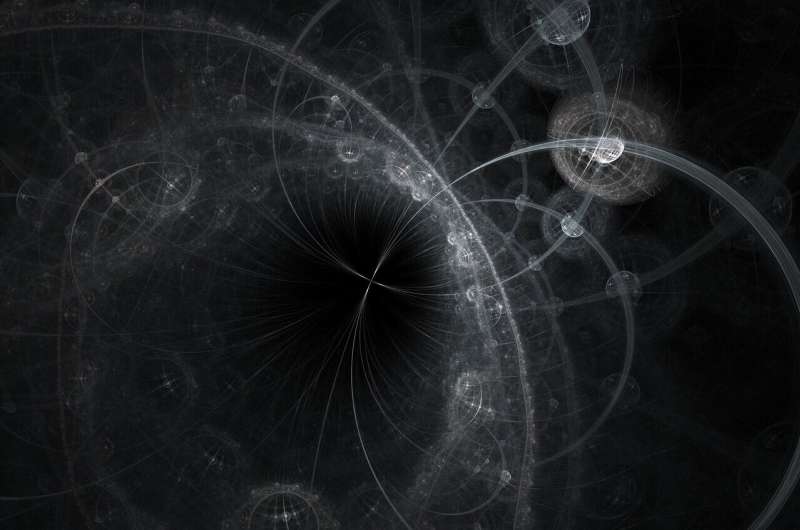Micro-environmental influences on artificial micromotors

By harvesting energy from their surrounding environments, particles named 'artificial micromotors' can propel themselves in specific directions when placed in aqueous solutions. In current research, a popular choice of micromotor is the spherical 'Janus particle' - featuring two distinct sides with different physical properties. Until now, however, few studies have explored how these particles interact with other objects in their surrounding microenvironments. In an experiment detailed in EPJ E, researchers in Germany and The Netherlands, led by Larysa Baraban at Helmholtz-Zentrum Dresden-Rossendorf, show for the first time how the velocities of Janus particles relate to the physical properties of nearby barriers.
The team's discoveries could help researchers to engineer micromotors which can traverse highly complex biological environments. These particles would prove invaluable for cutting-edge medical techniques including drug delivery and nano-surgery. In their study, Baraban and colleagues prepared two types of Janus sphere: the first one with a negatively charged surface, the second, with a positive charged coating. When placed in deionized water, both types generated an ion concentration gradient, and propelled themselves in opposite directions. Nearby, the researchers also placed a glass substrate carrying a variety of charge densities. When both substrate and particle coating had alike charges, the negative particles propelled themselves away from the surface at varying velocities.
For positively-charged substrates and particle coatings, Baraban's team found that these speeds showed a positive correlation with the substrate's charge density. According to the researchers, this behavior arose since chemical reactions on the positively-charged coatings created their own ion concentration gradients in the surrounding fluid. This generated 'osmotic' flows along the charged substrate, causing the Janus particle to speed up. The discovery is a crucial step forward in our understanding of how self-propelled particles are influenced by the surrounding microenvironment. With further research, this could soon enable researchers to engineer Janus particles with specific speeds and directions, making them better suited to navigating complex environments.
More information: Tao Huang et al, Impact of surface charge on the motion of light-activated Janus micromotors, The European Physical Journal E (2021). DOI: 10.1140/epje/s10189-021-00008-x
Journal information: European Physical Journal E
Provided by Springer




















